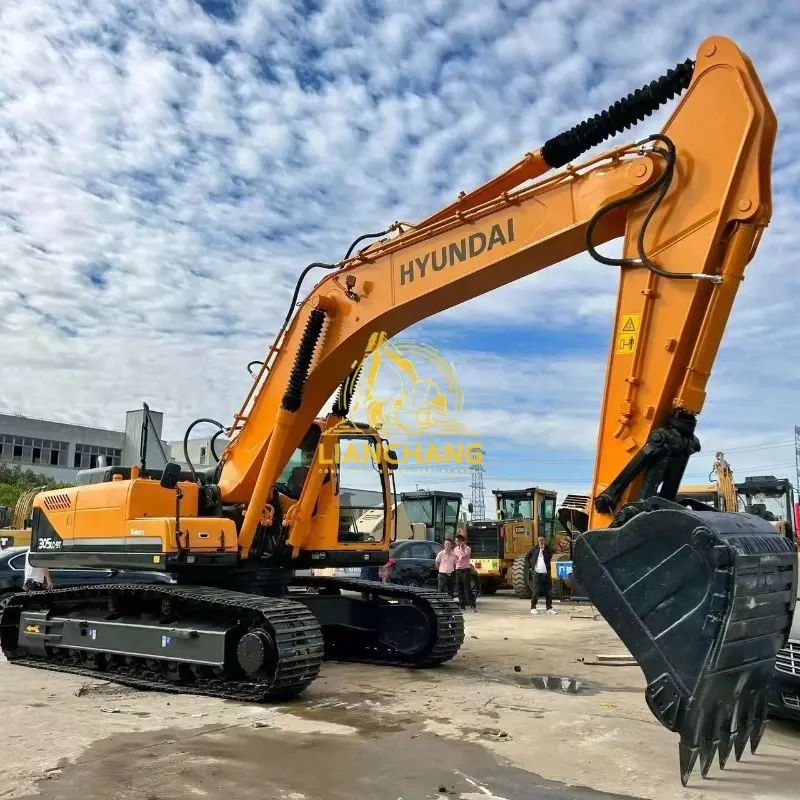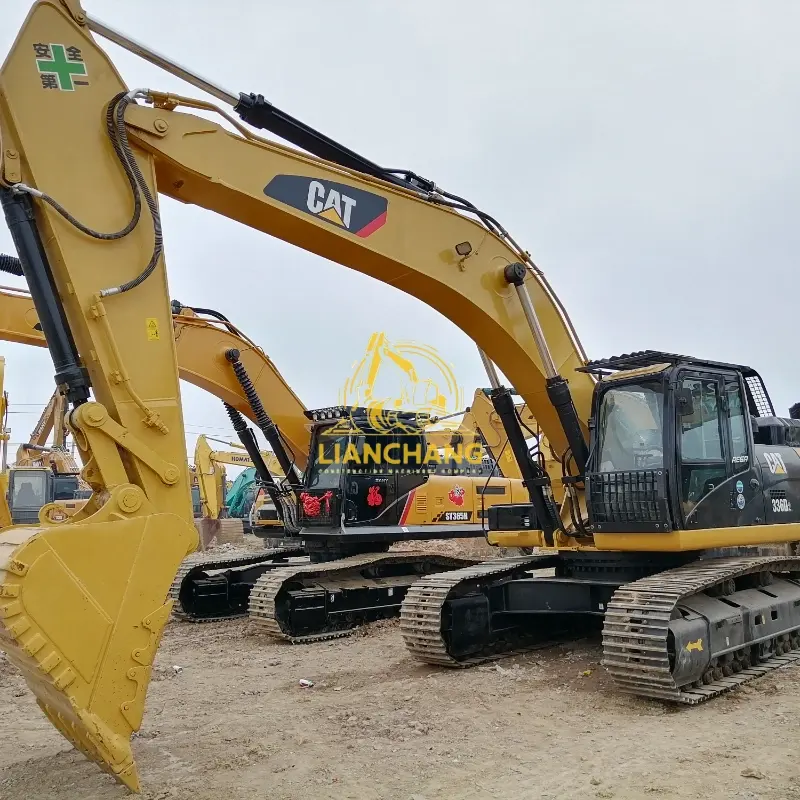How to Choose the Best Second-Hand Excavator for Your Worksite: A Complete Guide
Release time: 2025-02-20
When looking to purchase a second-hand excavator, it’s crucial to match the machine’s specifications with the unique demands of your worksite. Whether you’re in construction, mining, or landscaping, choosing the right used excavator can significantly impact your project’s success. This guide will help you evaluate the key technical parameters and factors based on the working environment to select the most suitable excavator for your needs.

1. Understanding Your Working Environment
The working environment is a key factor in choosing the right second-hand excavator. Before purchasing, consider the following:
- Terrain Type: Do you need a crawler excavator for uneven, rugged terrain or a wheeled excavator for stable, flat surfaces?
- Space Constraints: For smaller, confined work areas, consider a mini excavator or compact excavator.
- Soil Conditions: Is the soil soft, rocky, or mixed? The soil type will help determine the engine power and bucket size required.
- Climate Considerations: Cold, humid, or extreme climates require an excavator that can handle harsh weather.
These factors will help narrow down the type of excavator suited for your project.
2. Key Technical Parameters to Look For in a Second-Hand Excavator
Engine Power:
The engine power of an excavator, measured in horsepower (HP) or kilowatts (kW), is essential for tasks such as digging, lifting, and moving materials.
- Smaller Excavators: Lower engine power for light-duty tasks.
- Heavy-Duty Excavators: Higher engine power is required for challenging environments like rocky soil or lifting heavy loads.
Operating Weight:
The operating weight includes the weight of the excavator and attachments.
- Heavier Models: Best for stability on uneven ground and lifting heavy materials.
- Lighter Models: Ideal for soft soils to avoid sinking and for easy maneuverability.
Bucket Capacity and Reach:
The bucket size determines how much material can be moved in a single scoop. The digging depth (reach) is vital for deep excavation work.
- Larger Buckets: For moving large amounts of material.
- Longer Reach: Ideal for deep excavation tasks.
Hydraulic System:
A high-performing hydraulic system ensures efficient movement and digging. Check for leaks and ensure that the system can handle the tasks required, such as continuous digging or lifting heavy loads.
3. Assessing Usage Conditions and Machine History
Frequency of Use:
Consider how often the excavator will be used. A machine for daily use needs to be durable and easy to maintain.
Maintenance History:
Request the machine’s service records to understand its maintenance background. An excavator with a clean service history is likely to be more reliable and less prone to breakdowns.
Fuel Efficiency:
Fuel consumption is a critical cost factor. Look for an excavator known for fuel efficiency, especially for long-term projects with extensive operational hours.
Attachments and Versatility:
Some projects may require additional attachments like buckets, augers, or hydraulic hammers. Choose a second-hand excavator that can easily accommodate a range of attachments, increasing versatility on your worksite.
4. Choosing a Reliable Brand and Model
When selecting a second-hand excavator, the brand’s reputation is important. Top manufacturers like Caterpillar, Komatsu, Hitachi, and Volvo are known for producing durable and reliable machines. These brands often offer high resale value and long-lasting performance.
Research reviews of the model you’re considering and consult with industry professionals for insights into potential issues or maintenance requirements.
5. Cost Considerations and Value for Money
While price is an essential consideration, it should not be the only factor. A low-cost excavator might save you money upfront but can result in higher maintenance costs and downtime. Consider the overall cost-effectiveness by factoring in fuel efficiency, maintenance, and the availability of replacement parts.
Conclusion
Choosing the right second-hand excavator requires balancing technical specifications with the specific working environment and usage conditions. By assessing the machine’s engine power, bucket capacity, and maintenance history, you can make a more informed decision and ensure your investment serves your project well for years to come. Keep these tips in mind, and you’ll be ready to select the perfect used excavator for your needs.
Additional Tips for Buying a Second-Hand Excavator
- Test the Equipment: Always inspect the used machine in person and conduct a test run.
- Inspect the Undercarriage: This part of the excavator undergoes heavy wear, especially on used models.
- Negotiate the Price: There’s always room for negotiation on second-hand equipment.
For more tips on choosing heavy machinery or advice on other construction equipment, visit our blog for expert reviews and insights.
Ready to find your perfect second-hand excavator? Contact us today for expert guidance and a wide selection of used machinery.


